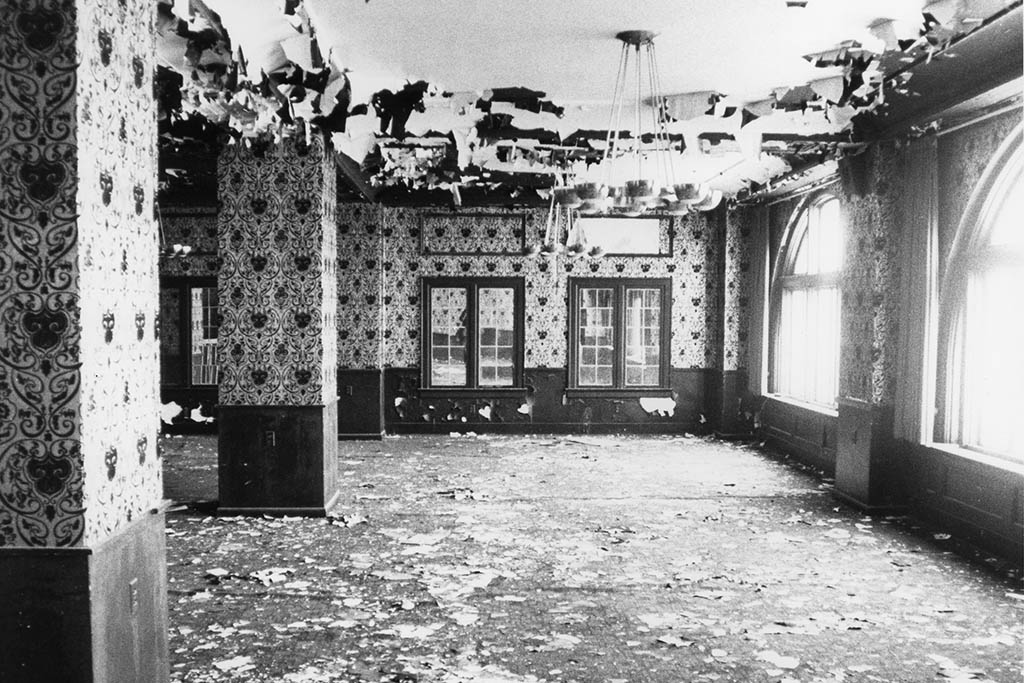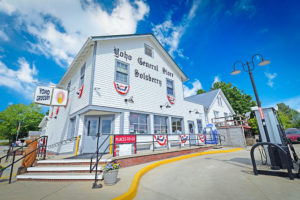
By Rick Seltzer
Friday, November 1, 2013
Steve Ferguson can run through a long list of buildings CFC Properties renovated over its 40 years, but there’s one that’s first to leave his lips.
“I think probably the most symbolic building was the Graham,” said Ferguson, who is the chairman of CFC’s parent company, Cook Group. “At that point in time, the downtown was like a lot of downtowns around the Midwest. The major tenants had moved to the mall.”
CFC started restoration on the building, now called Graham Plaza, in 1979. At the time, it was the vacant former home of the Graham Plaza Hotel.
The building was constructed in 1929. It’s a corner formerly used as the Bowles and Gentry hotels.
Renovations at the Graham building wrapped up in 1982. Today, Graham Plaza, which has an address of 205 N. College Ave., has office and retail space. Its eight stories total more than 51,000 square feet, according to city of Bloomington property records.
It’s a far cry from the vacant structure Ferguson remembers touring on a winter day more than 30 years ago.
“The elevator shaft was one big icicle because it had internal drains for rainwater, and they were plugged up,” he said. “Pigeon manure was three-feet deep in the old kitchen. Derelicts had slept there. But you could tell it was a sound structural building.”
CFC bought the building on March 1, 1979. That was 50 years to the day after the Graham Hotel opened, according to Ferguson.
The original thought was that CFC wouldn’t own the building for an extended period of time. It would renovate it, sell it, then move on to another project.
It didn’t work out that way. CFC redid the tower, but it still owns Graham Plaza to this day.
“We wanted to set an example for other people,” Ferguson said. “Because if you do something well, then the next person is probably going to have to do something well, too. We wanted to demonstrate that the original architecture of these buildings was what you ought to do in restoration.”
The idea was to preserve the outside of historic buildings, Ferguson said. Then the structures could be modernized inside, making them attractive to tenants.
CFC did a little more work to make the building attractive to those prospective tenants. It worked with the city to make sure a nearby parking garage was going to be built. That provided enough parking for everyone who would want to visit the renovated building, Ferguson said.
There were other important parts to the stamp CFC put on downtown Bloomington — the company added space for people to live downtown, and it needed to find business owners willing to risk it by moving into the area.
And Ferguson can tell stories about the difficult renovations CFC undertook in the 1980s in the eventual Fountain Square Mall. The buildings were only standing because they were leaning against each other, he said.
But the Graham building stands apart in Ferguson’s mind.
“As far as having an impact with turning downtown around, this was sort of simple,” he said. “This was sort of a symbol of what happened.”



